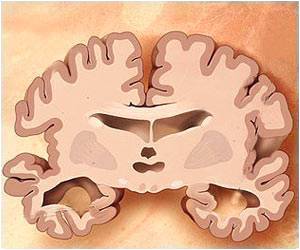Serial block face scanning electron microscopy, could help reconstruct cells from the retina, which could provide new insights into the causes of irreversible blinding diseases.

‘New study by scientists at the University of Southampton has made a breakthrough that could help the search for treatments against age related sight loss.’
Read More..




The retinal pigment epithelium (RPE) is located between the neuroretina and the outer blood supply in the eye and plays a critical role in vision by looking after the photoreceptors. Scientists currently do not fully understand the causes of damage to RPE cells that leads to sight loss.Read More..
The reconstructions produced in this study provides a clear picture of the 3D organization of the RPE in a healthy eye, which will be a crucial reference point for scientists to look at how RPE cells change with age and in diseased eyes.
The research team, led by Dr Arjuna Ratnayaka, a Lecturer in Vision Sciences at the University of Southampton, used serial block face microscopy on the central mouse retina. The process involved a state of the art microscope capturing digital images of hundreds of serial layers of the retina.
The team then began the painstaking process of drawing key regions of interest (such as the cell body and the nucleus) in each scanned layer before advanced computer software rendered the images into a full 3D reconstruction.
Dr Ratnayaka said, "We now understand the technical process required to produce such high resolution 3D reconstructions of retinal tissues which is an exciting foundation to carry out further studies into deteriorating cells in the eye. The use of artificial intelligence software will make this process faster in the future".
Advertisement










